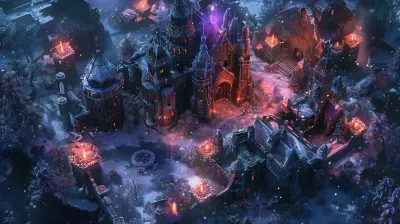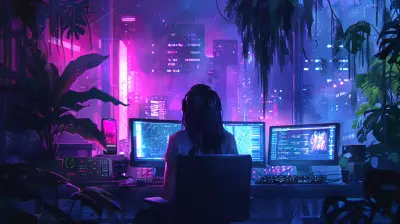Incorporating User-Generated Content into Game Design
25 June 2025
Game design has evolved massively over the years, from pixelated characters jumping across 2D landscapes to immersive open worlds that seem almost real. But here’s the thing: as games have gotten more advanced, so have their players. And one trend that keeps turning heads in the gaming world is user-generated content (UGC). Game developers are no longer the sole creators; players are rolling up their sleeves and jumping into the creative process. It’s like inviting players to not just play in the sandbox—but to help shape it.
In this article, we’re going to dig into how developers are incorporating user-generated content into game design, why it’s such a game-changer, and how this trend is shaping the future of the industry. So, grab a controller or a coffee (or both), and let’s get started!
What Exactly is User-Generated Content?
Let’s break it down. User-Generated Content, or UGC, is any content created by players within a game, rather than by the game’s developers. Think custom levels, mods, character designs, or even entirely new gameplay mechanics. It’s like giving players a set of tools and saying, “Go wild!”You’ve probably seen this in action already. Games like Minecraft thrive on user creativity—players can build sprawling cities, recreate famous landmarks, or construct something completely out of this world. Meanwhile, in The Sims, gamers design homes, craft furniture, and share their creations with the world. UGC isn’t just about adding bells and whistles; it’s redefining how players engage with games.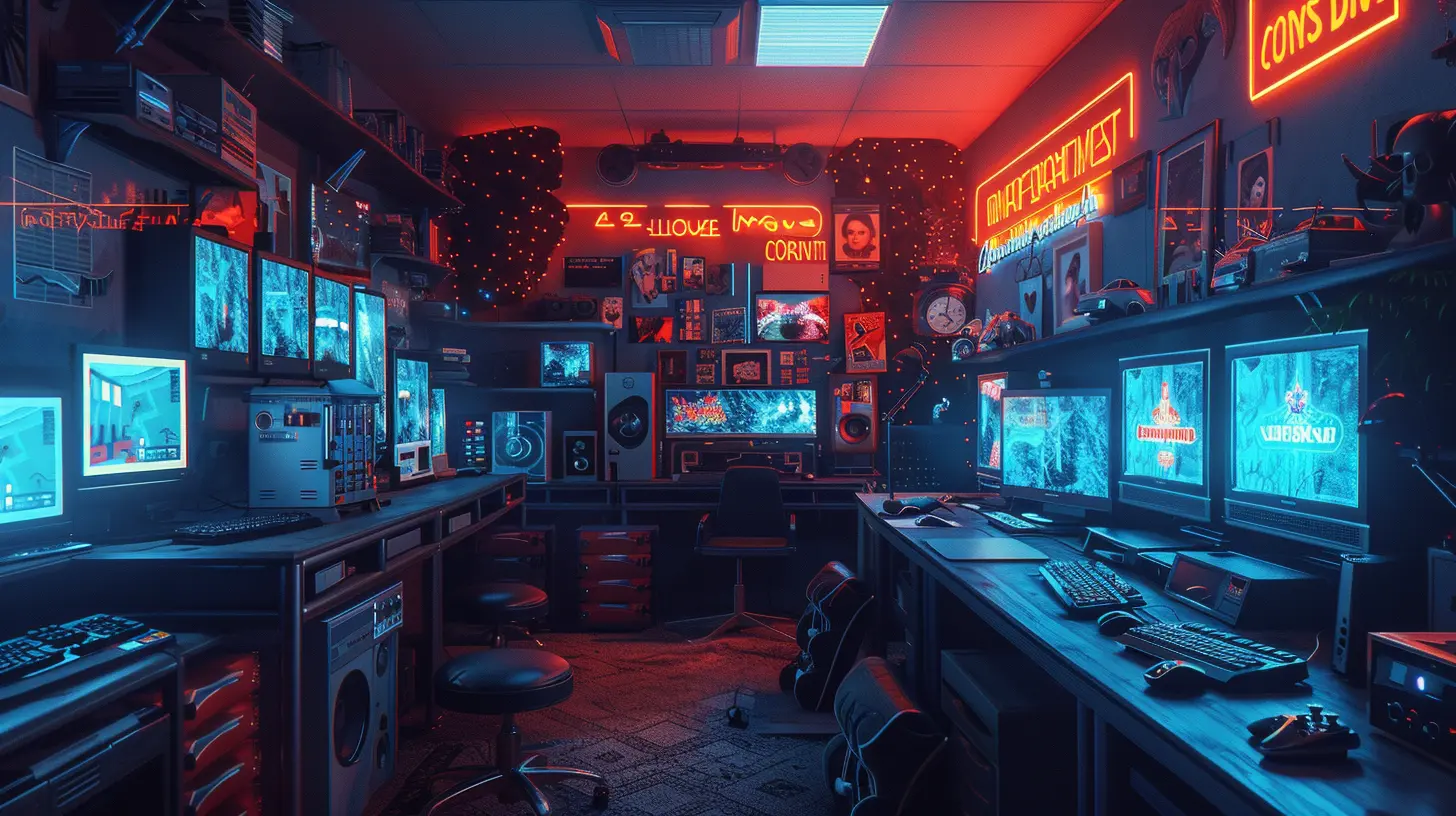
Why is UGC So Popular in Game Design?
This isn’t just some passing trend—UGC is here to stay. But why? Well, there are plenty of reasons:1. Empowering the Players
When players contribute to a game, they feel a sense of ownership. It’s like being part of the dev team, minus the coding headaches. They’re not just playing the game; they’re leaving their mark on it. Wouldn’t you be more invested in a world you helped create?2. Unleashing Creativity
Let’s face it—gamers are some of the most creative people out there. By giving them the tools to create, developers open the floodgates for ideas they’d never have dreamed of. It’s like throwing a giant paint bucket onto a blank canvas and seeing what art emerges.3. Extending Replayability
UGC breathes new life into games. When players can create or download new content, games feel fresh, even after dozens (or hundreds) of hours of playtime. Remember Skyrim? Thanks to mods, it’s still going strong more than a decade later. Now that’s longevity.4. Fostering Community
Gaming isn’t just about pixels and polygons—it’s about people. UGC encourages players to connect, whether they’re sharing their creations, collaborating on projects, or just swapping tips. The result? A thriving community that keeps the game alive long after launch.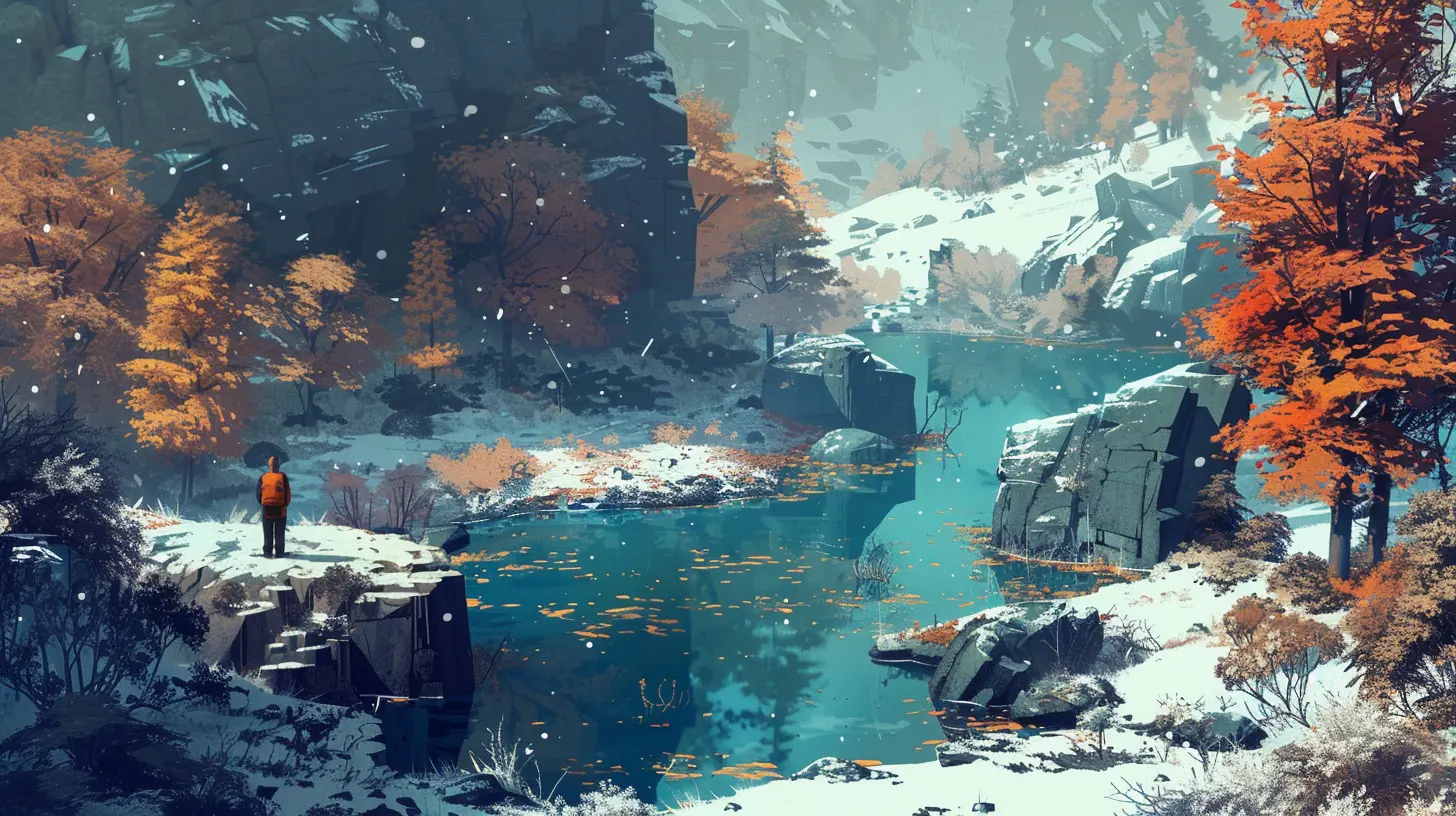
How Developers are Enabling UGC in Games
It’s all well and good to say "let players create," but how do developers actually make this happen? Spoiler alert: it takes more than just slapping a “build mode” into a game. Here’s how the pros are pulling it off:1. Providing Tools and Editors
One of the most straightforward ways to incorporate UGC is by giving players robust creation tools. Think Forge Mode in the Halo series or the level editor in Super Mario Maker. These tools are user-friendly but powerful, letting players unleash their imaginations without needing a degree in game design.2. Integrating Mod Support
Mods are the bread and butter of UGC. By enabling modding, developers allow players to modify or add to the game, creating everything from new characters to entirely different experiences. Games like The Elder Scrolls and Grand Theft Auto have thriving modding communities, and it’s no accident—they were built with mod-friendly frameworks.3. Encouraging Sharing Platforms
What’s the point of creating something if no one else sees it? Many games integrate built-in sharing systems, allowing players to upload, download, and rate creations. Take Dreams by Media Molecule—it’s practically a UGC playground, complete with a showcase for players’ wildest ideas.4. Creating Incentives
Sometimes, a little nudge goes a long way. Developers can encourage UGC by featuring player creations in the game, offering in-game rewards, or even running competitions. It’s like dangling a carrot, but way more fun.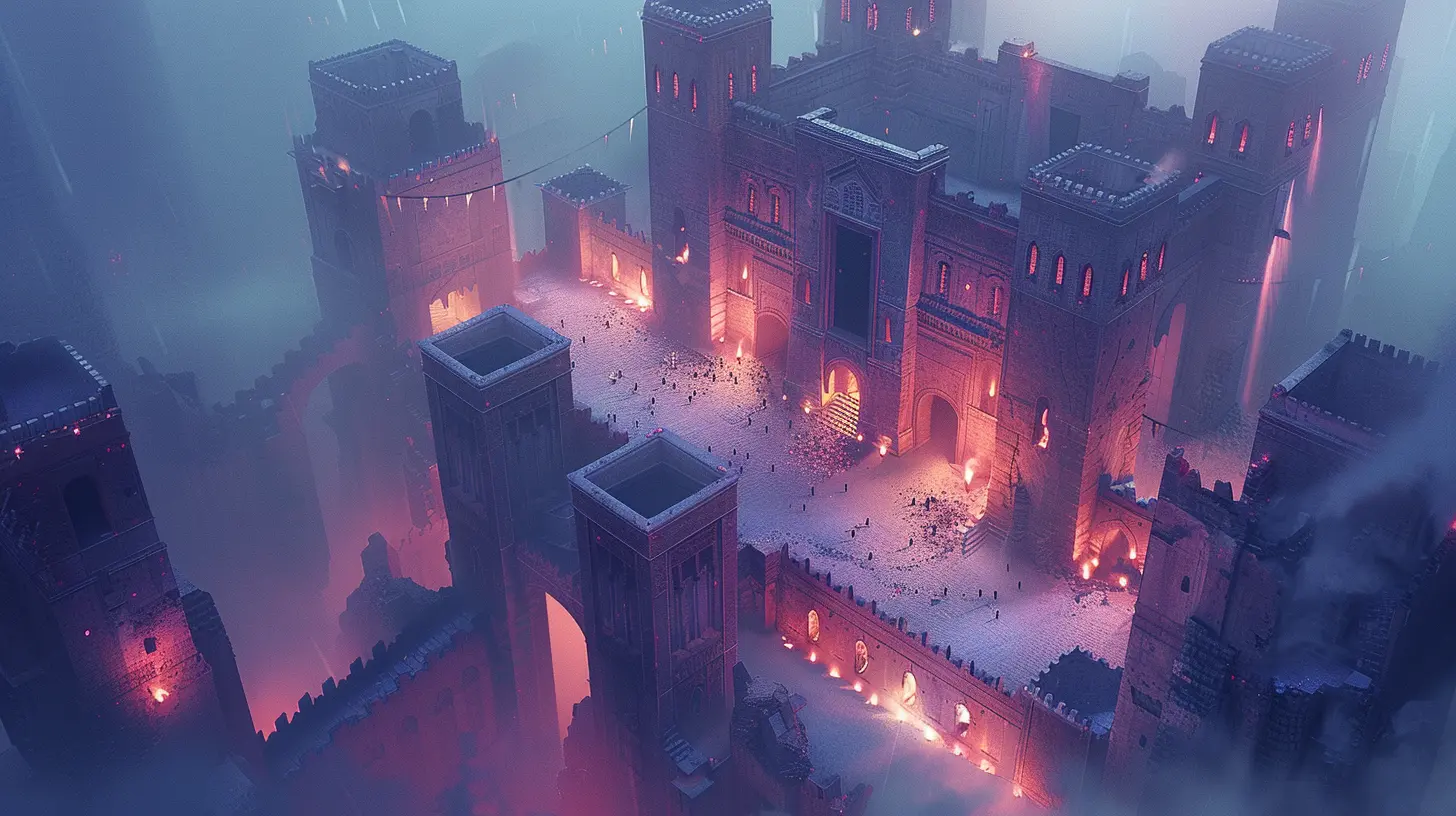
Examples of UGC-Driven Games
Some games have absolutely nailed the UGC concept. Let’s give a shoutout to the trailblazers:Minecraft
The king of UGC, no contest. From building replicas of Hogwarts to engineering functional computers, players in Minecraft have done it all. Not only does the game allow creative freedom, but its modding community has also expanded the game in ways Mojang likely never imagined.Roblox
Think of Roblox as a game within a game—or rather, thousands of games within a game. Players don’t just create skins or levels; they craft entire games, some of which have become global sensations. Developers? Nope. These are player-made gems.LittleBigPlanet
Cute, quirky, and packed with possibilities, LittleBigPlanet encourages players to design their own levels and share them with the world. Its slogan, “Play. Create. Share.,” says it all.The Sims
From fashion and furniture to full-on storylines, The Sims players are constantly creating. The developers even celebrate this by featuring the most popular community creations in official updates.The Challenges of UGC in Game Design
Of course, it’s not all sunshine and rainbows. Incorporating UGC into games comes with its own set of hurdles:1. Moderation and Quality Control
When you open the floodgates, not everything that comes through will be gold. Some UGC may be inappropriate or low-quality, and developers need systems in place to moderate content and maintain standards.2. Balancing Power
Give players too much freedom, and things can spiral out of control. Certain mods or creations might break the game in ways that weren’t intended. Striking the right balance between creativity and control is key.3. Technical Limitations
Creating tools that are easy for players to use but also powerful enough for meaningful creations isn’t as easy as it sounds. Developers need to juggle accessibility with complexity—a tricky tightrope to walk.The Future of UGC in Gaming
So, where does UGC go from here? Honestly, the sky’s the limit. As technology evolves, we’re likely to see even more immersive creation tools, smarter AI to assist with user creations, and tighter integration between UGC and core gameplay. Imagine creating your own virtual reality worlds or using AI to design characters based on your sketches. Sounds wild, right? But it’s closer than you think.Moreover, as gaming becomes even more community-driven, developers will likely lean harder into UGC as a way to build player loyalty and engagement. After all, when players invest in creating something, they’re not just playing a game—they’re building a world they’re deeply connected to.
Conclusion
Incorporating user-generated content into game design isn’t just about handing players a set of tools and hoping for the best—it’s about creating an environment where creativity can flourish. From fostering communities to extending a game’s lifespan, UGC has become a cornerstone of modern game development. Sure, it comes with its challenges, but the rewards—both for players and developers—are more than worth it.So, the next time you’re loading up a game and stumble upon a fan-made level or mod, take a moment to appreciate it. That’s not just a random piece of content—that’s the future of gaming.
all images in this post were generated using AI tools
Category:
Video Game DesignAuthor:

Whitman Adams
Discussion
rate this article
2 comments
Rex McHugh
User-generated content transforms games from static experiences to dynamic communities—creativity unleashed fuels endless gameplay potential!
September 12, 2025 at 4:18 PM

Whitman Adams
Absolutely! User-generated content truly enhances engagement and fosters vibrant communities, making games more immersive and endlessly replayable.
Aaron Wilcox
Unlocking creativity: what hidden treasures lie in user-driven game worlds?
June 29, 2025 at 4:01 AM

Whitman Adams
User-driven game worlds offer unique insights, innovative mechanics, and diverse narratives that can enhance creativity and enrich the gaming experience, showcasing untapped potential in player engagement.
